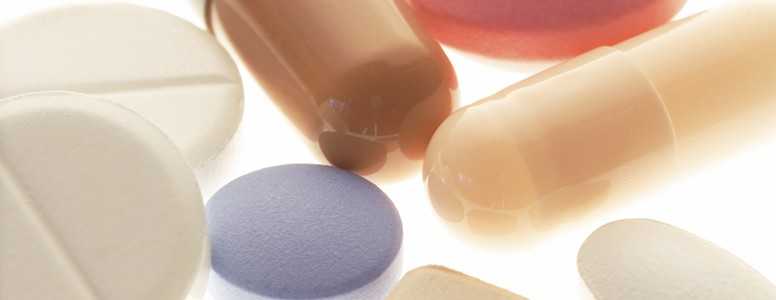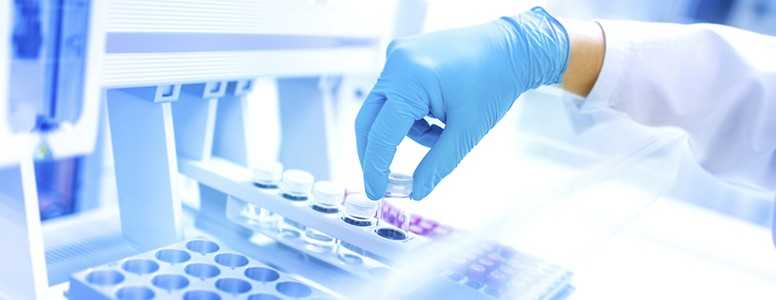Using light to activate drugs could allow scientists to develop more effective and safer drugs.
Researchers from the University of Birmingham have been investigating the class of drugs known as GLP-1 receptor agonists. These drugs have become popular type 2 diabetes medications because they reduce blood glucose levels without increasing body weight or causing hypoglycemia to occur.
GLP-1 stands for glucagon-like peptide-1. This is a metabolic hormone which helps to regulate blood glucose levels following meals by increasing insulin production, reducing glucagon release and reducing appetite.
GLP-1 receptor agonists are drugs created to mimic the effect of GLP-1. Currently a number of versions, or analogues, exist. By creating an analogue, pharmaceutical companies can create a new drug that they can patent. Furthermore, each analogue will work in a similar but slightly different way. This means that one analogue may be more effective than another. It also means that one analogue may have more serious side effects than another.
The research being carried out by the University of Birmingham is to find out more about how these drugs really work. The researchers note that the GLP-1 receptor has an allosteric site which works like a back door.
The allosteric site is particularly interesting to understand as it can allow researchers to develop drugs that are superior. However, a lack of understanding of how drugs engage with this site, holds back drug discovery.
The University of Birmingham team, led by Dr Hodson and working alongside Professor Dirk Trauner and Dr Johannes Broichhagen from LMU Munich, have developed a new method to better understand the allosteric site of the GLP-1 receptor. The research team have tested a new drug, PhotoETP, that is activated by blue light and shows that the drug structure needs to be twisted to fit into the allosteric site and extended to stimulate insulin secretion.
By capitalising on this novel technique, researchers could develop and produce more effective drugs than are currently available and possibly with fewer side effects.
The study is published in the Angewandte Chemie journal.
What's new on the forum? ⭐️
Get our free newsletters
Stay up to date with the latest news, research and breakthroughs.







